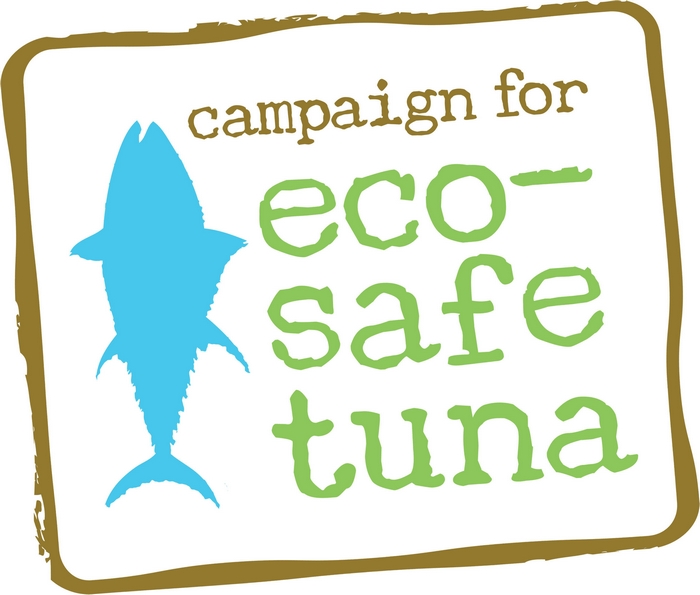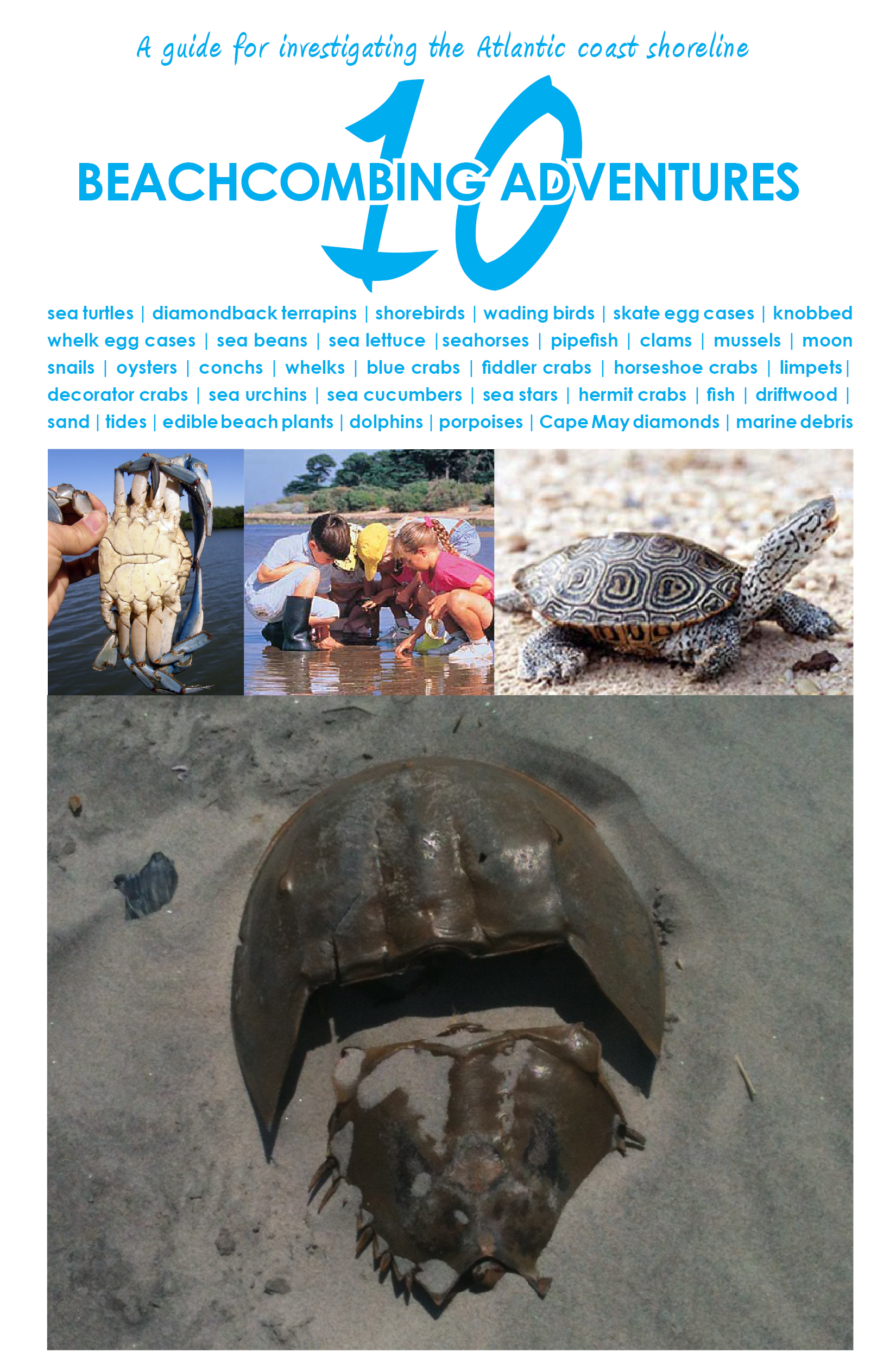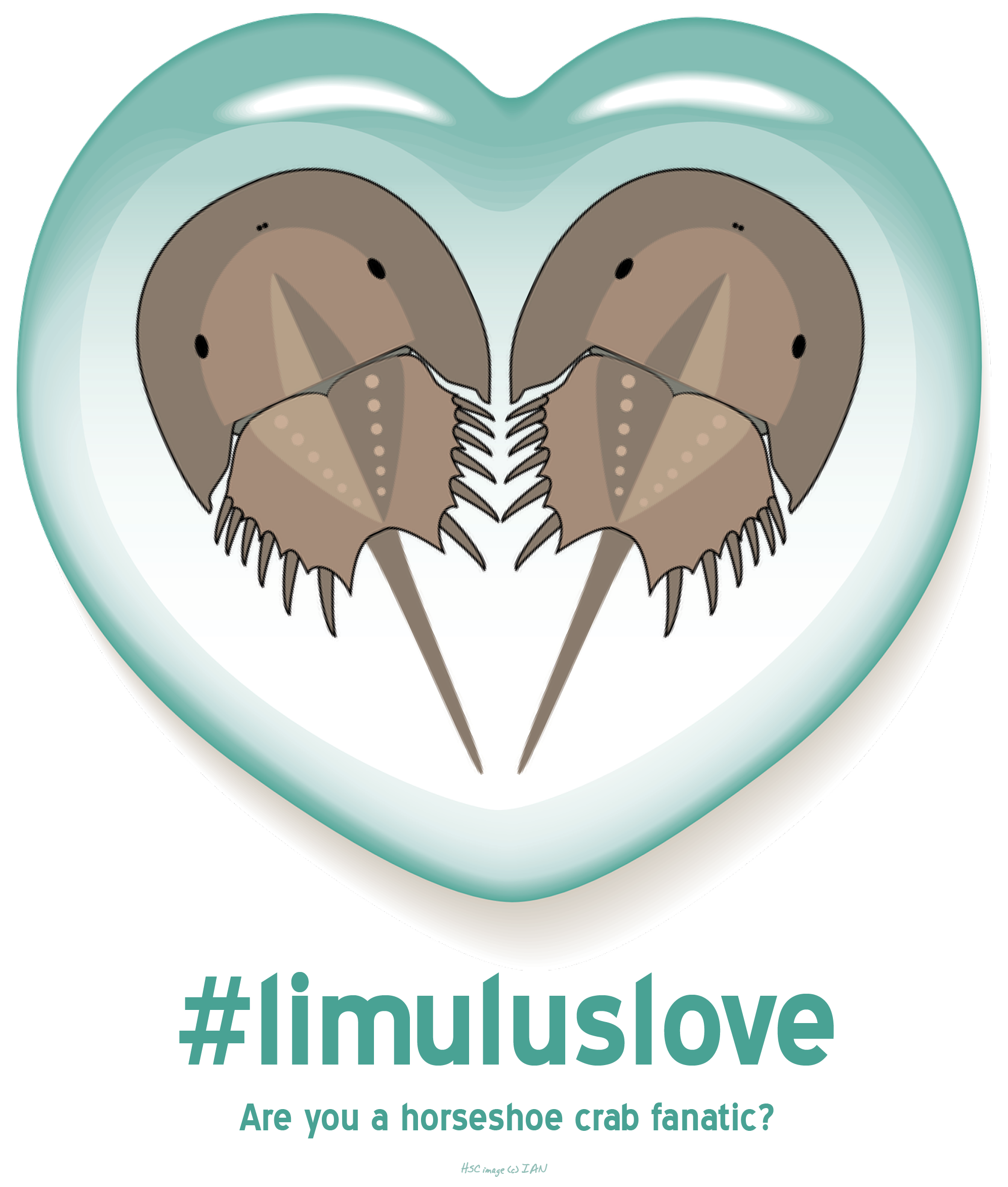Yes, it is unfortunate. Please read the article from the New Republic  “Aquacalypse Now: The End of Fish” by Daniel Pauly (pictured) to find out more.
“Aquacalypse Now: The End of Fish” by Daniel Pauly (pictured) to find out more.
Daniel Pauly is a professor at the Fisheries Centre of the University of British Columbia and the principal investigator of its Sea Around Us Project.
Image (c) carmelfinley.wordpress.com



 ripping apart prey. This may seem like it will hurt, but, a shark’s entire skeleton is made out of
ripping apart prey. This may seem like it will hurt, but, a shark’s entire skeleton is made out of  The electrosensory organ are useful for traveling far distances in the open ocean. It is like a internal GPS system. (I am not sure if it comes with a funny British accent like the one in my uncle’s car though.)
The electrosensory organ are useful for traveling far distances in the open ocean. It is like a internal GPS system. (I am not sure if it comes with a funny British accent like the one in my uncle’s car though.)






What people are saying …